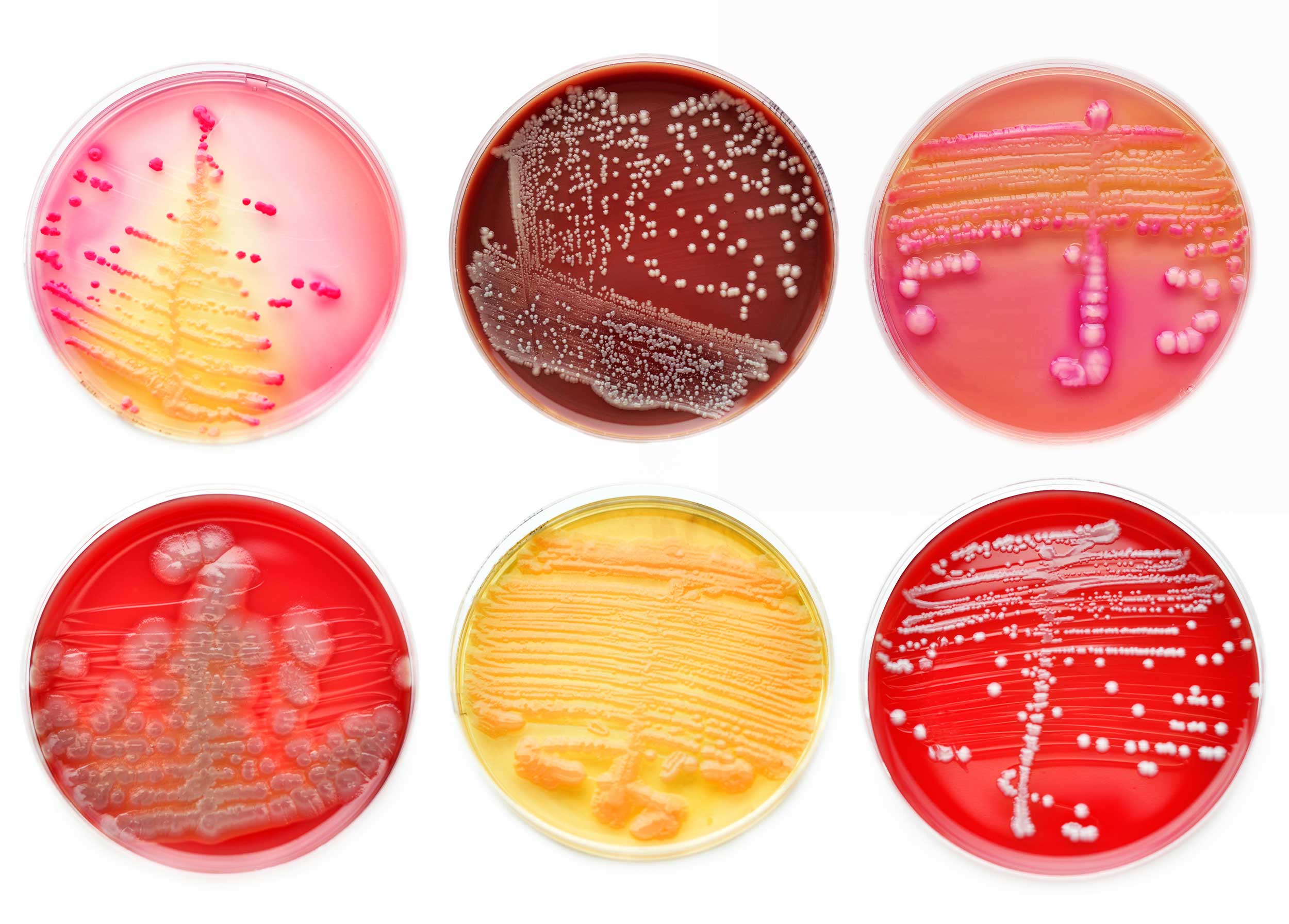
If you are a quality control professional testing your products for pathogens, a Positive test result is probably the last thing you want. A Positive test result can mean that your entire production batch must be disposed of or destroyed, costing you production time, money, and personnel. But, what if we told you that not all Positive test results were created equally? Let’s dive into some of the lingo you may hear around a Positive test result, what it means, and what your next steps could be.
Potential Positive
While it is unlikely you will ever find “Potential Positive” or “Potentially Positive” as a reported result on a Certificate of Analysis, you may receive a phone call from your lab letting you know that you have a test result that is potentially positive (That’s what we do over here at Daane Labs, anyway) What this means is that the first screening that was used to test for that specific bug, say E. coli, was Positive. The AOAC, USP, and FDA methods for pathogens like E. coli are agar-based methods and can yield some false positives. This is because those agar-based methods aren’t so selective that they are only testing for E. coli.
MacConkey Agar, for example, is the principal media in USP methods for E. coli. This agar selectively grows Gram-negative, fermentative rods. E. coli is a Gram-negative, fermentative rod… but so is Klebsiella pneumoniae, Enterobacter aerogenes, and many many more. These organisms can provide a false positive in your E. coli test because they are very similar bacteria with lots of characteristics in common. This is why you may hear the term “Potential Positive”. The test appears positive, but more testing is needed.
Once you have received word that you have a Potential Positive result on your hands, the next step should be confirming these results. This is where some decision making will have to happen on your end, and why it’s beneficial to receive a call from your lab when you find yourself in this position. There are essentially two routes to take from here: (1) secondary growth promotion testing and (2) genetic or biochemical confirmation. The first option is less expensive and faster, but not as selective as option two. The second option is to have the organism identified using PCR (genetic testing) or biochemical testing. We’ll get into these two options next.
Presumptive Positive
A Presumptive Positive result is one which has been confirmed using a secondary growth promotion. What does that mean? We’re basically talking about re-plating and re-incubating the suspect organism on different media. Let’s keep using E. coli for our example and say you had a Potential Positive result on MacConkey agar. The next step is typically to re-plate what grew on MacConkey onto a different agar, maybe an AOAC-approved agar like REC2 (Rapid E. coli 2). The idea here is to use a second selective media that can lend some credence to the original result. If it is Positive on MacConkey and Positive on REC2, then you’ve got a Presumptive Positive.
What now? Well, that will be up to you. You can accept this result as-is and make decisions using this information alone. That isn’t something we have seen many people do because the cost of getting a Confirmed Positive compared to the cost of destroying a batch of product is very low. If you choose to destroy your product over a Presumptive Positive, you are committing to throwing away tens-of-thousands of dollars over a “Probably”. Might as well go for the Confirmed Positive, right?
Confirmed Positive
A Confirmed Positive is simply one which is backed up with genetic or specific biochemical tests. This is what you want. You want certainty if you are going to destroy production batches. We have seen a sample test Positive multiple times for Salmonella. No matter what test we threw at it, it was Salmonella every time. The client asked us to move forward with confirmatory genetic testing, and surprise! It was something called Morganella. While super, duper similar to Salmonella, it was something else. Luckily she had a report that ultimately said “Salmonella – Negative” and not “Salmonella – Presumptive Positive”.
Obviously no one wants to be faced with an unexpected Positive result when testing for pathogens, but we’re here to help keep things on the rails when a Positive does pop up. Daane Labs has walked through these steps thousands of times: test, confirm, test, confirm, test, confirm. We know the drill. We know how others in different industries have handled these scenarios and are happy to help guide you during your decision making.
